- Post
- #503223
- Topic
- Last movie seen
- Link
- https://originaltrilogy.com/post/id/503223/action/topic#503223
- Time
Trollhunter - 5 out of 10 balls.
Trollhunter - 5 out of 10 balls.
I did not see any fingerprint glitches using Media Player Classic Home Cinema + the Combined Community Codec Pack.
I love it, but I immediately noticed the font change for the episode title. Specifically the R and K. Looks like a condensed variation of Helvetica or Univers. I believe the episode title should be either News Gothic Condensed Bold, or the typeface News Gothic was based on, Franklin Gothic (Medium Condensed Bold, in this case).
EDIT: after a little research and comparisons, it seems that TESB used News Gothic for the episode title whereas the other films used Univers. So I would agree with your apparent decision to fix that.
They definitely still make both, and I definitely still buy them. Especially the wax juice bottles, called Nik-L-Nips.
Yeah, the whole Last Supper promo shot is awfully pretentious. I wish shows would stop doing it.

When you see it...
Raising Hope season finale. This ended up being a great sitcom. 7.5 out of 7.5 balls.
A: Lock the door next time.
Q: What did you think, I would do at this moment, when you're standing before me, with tears in your eyes?
Good example, Duracell. Universal's The Bride of Frankenstein was a direct sequel to Frankenstein. I chose Planet of the Apes as a single example because the franchise was produced in the decade between Night of the Living Dead and Dawn of the Dead and spans several films that all tell one story and has fantastic continuity across the franchise.
Like I said in an earlier post, the concept of film franchises goes all the way back to the beginning of film. Basil Rathbone starred in 14 Sherlock Holmes films from 1939 to 1946. Johnny Wiessmuller played Tarzan across 12 films in the 30s and 40s. Film franchises were nothing new by 1978, neither were sequels or continuity. I'm arguing that there was nothing preventing Romero from making one big science fiction/horror narrative across multiple films on a tight budget. He didn't, so the question of whether the films depict the same event, or separate events happening in parallel dimensions is a valid one, and leads to an interesting debate.
TheBoost said:
asterisk8 said:
TheBoost said:
This was 20 years before every genre film was automatically assumed to be part of a trilogy. I think the time discrepancy is just a non-issue.
Again, this was after the entire Planet of the Apes franchise, so I don't know where you get this idea.
But the Planet of the Apes was set in the future, the further future, in the past, in the present, and then a different contradictory alternate future. I don't think it's a fair comparison.
My point is that is was a film franchise where characters and plot carried over from one film to another in a decade when you suggested that no one had thought of film franchises or debated continuity yet. Also Battle for the Planet of the Apes is not a different contradictory alternate future. I don't know where you got that idea.
TV's Frink said:
TheBoost said:
no one caredThis. And why care now?
Because I once read a "chronology" of the series on a message board that mixed around the order of the entire Dead series to explain how each film depicts the same zombie apocalypse. They put Diary of the Dead taking place congruently with Night of the Living Dead, and I thought that was ludicrous and it got me thinking about the assumption that it's the same event and how there is little or no evidence to support that.
TheBoost said:
This was 20 years before every genre film was automatically assumed to be part of a trilogy. I think the time discrepancy is just a non-issue.
Again, this was after the entire Planet of the Apes franchise, so I don't know where you get this idea.
RedFive said:
He even included an explanation, just in case...
What does an ankh have to do with his daughter, his country, or his Star Wars? The ankh is an egyptian symbol of fertility. Confusted *8 is confusted.
mmmm...
peters...
thejediknighthusezni said:
...uh...um...nvm, :0)
...uh...um...it was a joke. =)
Really great pictures, R5! I especially love the third one in your OP.
I don't have a fancy camera or nothing, but my old smartphone had a faulty camera chip and would take these really interesting, strangely-colored pictures. I wish the phone hadn't completely died on me, because I'd still be taking pictures with it today. Here's a few.
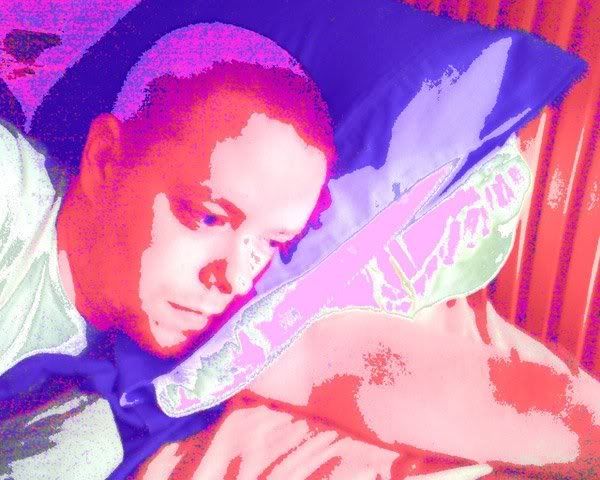
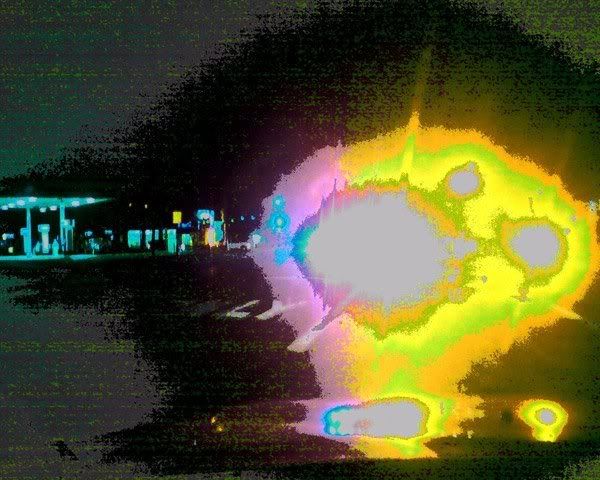

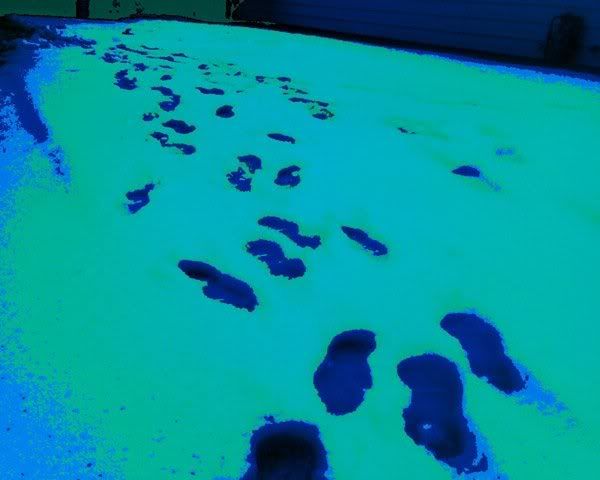
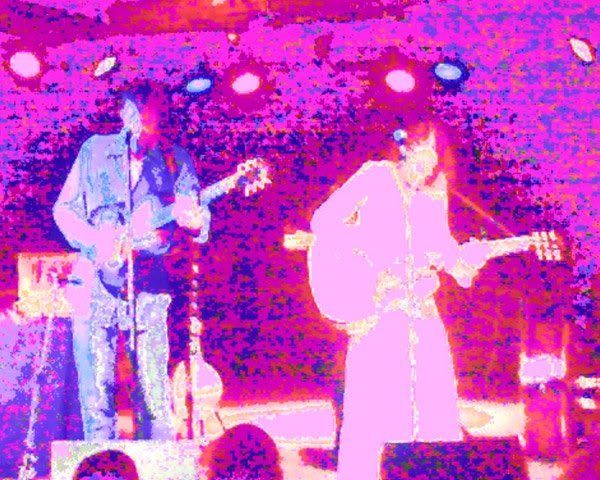
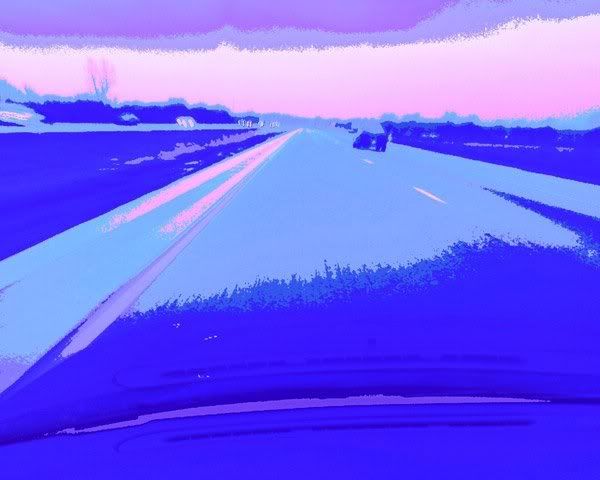
S_Matt said:
I must say the strange double standards of the restorationalists puzzle me. Especially the notion that its fine to use tools that weren't available 35 years ago to clean and recolor a film but not okay to use the technology to fix compositing faults like matte lines and flickering boxes?
Seriously, most people here would be happy with an 4K scan of a 35mm print with dirt and scratches removed. Original soundtrack would be nice. How is that strange or puzzling?
I still have to ask, why is that sort of convoluted logic easier to believe than just that each film is a unique take on the concept of zombie apocalypse?
Bingowings said:
They look like the decades they are filmed in because those are the decades they were filmed in.
I hear this every time I bring up this debate, and it just doesn't make sense to me. There were period films being made in the 70s. Romero could've set the film in 1968 if he wanted to. He didn't.
doubleKO said:
Very close. Obsessed-with-quality slob is closer.
Please don't think I was calling you an obsessive snob. I was actually referring to myself. That's why I said, "if that was me and my kid". I care, probably too much, about things like a 4:3 picture stretched to 16:9, and I've been known to stealth-calibrate my friends' TVs while they're in the bathroom because I notice when their video settings are not optimized. :)
doubleKO said:
I take it he means his kids. Though my son couldn't care less either. He gets annoyed when I fiddle with settings on the TV. "Who cares, just watch it". He doesn't even notice if he's watching a 4:3 picture stretched to 16:9 or vice versa :PTV's Frink said:
thejediknighthusezni said:
The kids don't care so much about HD.
Wait, what?
If that was me and my kid, I'd say, "You go to your room until you can learn to be an obsessive quality snob like your father!"
Aw man, Dawn of the Dead is one of my all-time favorite movies. It's like a live-action comic book.
Points well-taken, TheBoost. I don't deny that the social commentary aspect of the films were of secondary concern to Romero, but even eliminating that, we're still talking about a decade between Night and Dawn, and both films show the beginning of a zombie apocalypse. I don't think that this can be ignored or brushed aside as just as product of circumstances or the result of some need to start every zombie film with the outbreak. Romero was more than capable in 1978 of setting his film in 1968 if he intended Dawn to be a direct sequel to Night.
Instead it carries absolutely nothing over from the previous film other than "people attempting to survive a zombie apocalypse". This is where I have trouble accepting this long-held assumption that they depict the same zombie apocalypse. There's zero evidence within the films themselves that this is the same event, but plenty of evidence that they are not, specifically the large gaps in time, the lack of any recurring characters, or even one line of dialogue tying the events of one film to another. There is none. Believing that Dawn is a true sequel - and not just another film in a zombie series - requires far greater leaps in logic and assumption. I've heard the same thing from other fans. "Romero probably..." followed by some sort of speculation as to why the films don't appear directly linked but must be just because people have always assumed that they are. I mean, I've actually heard people try to explain with a straight face how Diary of the Dead, which uses hand-held digital cameras as a device within the film itself, is occurring simultaneously with Night of the Living Dead. The simplest answer, given the evidence, is that the Dead series is made up of standalone zombie films.
And going back for a minute to film franchises, I think you're forgetting The Planet of the Apes spawned four direct sequels, all made in the 70s, that are directly linked as one giant narrative. In fact, just a little bit of research will reveal the concept of film franchises stretching back to the beginning of film itself.
The Mist (black & white version)
I've avoided this movie for a long time because I had the ending spoiled shortly after it came out and read nothing but bad reviews, but I'm a sucker for black & white films, and so I thought I'd give it a shot.
This was a cool concept bogged down in bad characterization - specifically a very generic and somewhat unlikeable hero supported by a grocery store full of stereotypes - and full of very obvious and derivative plot turns. The ending really left me asking, "What is the take-away?" What are we supposed to walk away from this film thinking about? I don't mind ambiguity. I like being left with things to think about, I like unanswered questions, but The Mist seemed to not know what it was trying to bestow on its audience. Do not tamper with nature? Do not blindly follow authority? We're all damned? I don't know.
The creature effects were sometimes decent, sometimes terrible. I would've much preferred more animatronics and less CGI. At least a creative blend of the two that leaves you unsure how the filmmakers achieved a given shot, but instead it was pretty clear that 99% of the special effects in this movie were done on a computer.
After a hugely disappointing first season of The Walking Dead, and now this, I'm beginning to wonder if Darabont's Shawshank Redemption was a fluke.
1.5 out of 4 balls.
The trouble with the first three films being set during the same zombie apocalypse is that each takes place roughly 10 years after the other and yet Dawn of the Dead clearly is set at the beginning of a zombie outbreak. If 10 years had passed, there would have been no chaotic televised arguments about what is happening. Things would've appeared much as they do in Day. Complete and total collapse of civilization from fade in. For Dawn of the Dead to be a direct sequel to Night, it would've needed to be a period-piece set no later than 1969, and yet everything about the film - from the costumes, to the sets, to the technology, and even characterizations - tells the audience that it is 1978.
What's more, as CP3S notes, and as I've always argued, each film offers a commentary on the decade in which it is set. Night comments on race relations in the 60s, Dawn on consumerism in the 70s, and Day on the military-industrial complex of the 80s. For that clear and admitted subtext to have relevance, the films must be spread out over a 20-year span of time.
I disagree that intelligent filmmakers were not debating continuity in the 1970s. It's not as if multi-part storytelling had yet to be invented. I totally reject the idea that George Romero thought it didn't matter that his films were each set in different decades. Quite to the contrary, it was of supreme importance.
Apparently, one day you will.
Can I travel back in time to create a thread about George Romero's Dead series if I promise not to generate any paradoxes?